Everest Base Camp Trek in Spring Seasons
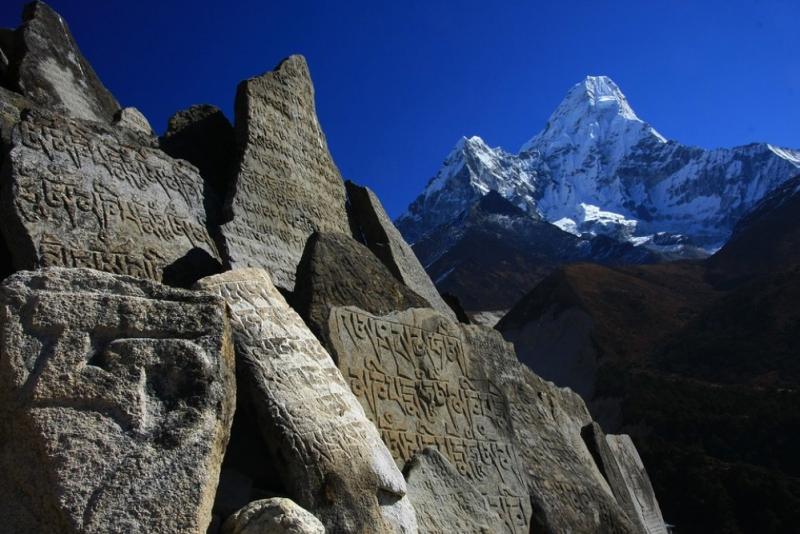
26th Sep, 2023
- teamramadventure
Trekking Through Springtime Splendor: Everest Base Camp Trek in Spring Seasons
Table of Contents
Spring is undoubtedly the jewel of the Himalayan trekking season. As winter recedes and nature wakes up, the Everest region reveals its vibrant colors and welcoming charm. Let’s delve into why spring - encompassing March, April, and May - stands out as an unparalleled time for the Everest Base Camp (EBC) trek.
Why Choose Everest Base Camp Trek in Spring Seasons?
Spring in the Himalayas is an experience of rejuvenation. The warmth neutralizes the biting cold, making trails more accessible. The landscape, adorned with blooming rhododendrons and clear blue skies, offers breathtaking views of the Everest range. Besides, spring attracts fewer tourists than autumn, ensuring more peaceful trails.
Preparation and Packing for EBC Trek
Spring trekking demands adaptability. The varying weather patterns, especially between March and May, require trekkers to be prepared for both chilly and warm conditions. Layering is the key: light base layers, fleece or down mid-layers, and a waterproof and windproof outer layer. Sturdy trekking boots, UV protection sunglasses, a wide-brimmed hat, and a reliable sleeping bag are essentials. As you ascend, temperatures drop, so gloves, scarves, and warm hats become indispensable. Carry essentials but be mindful of pack weight.
Everest Base Camp Trek Route, Map, and Itinerary
The classic EBC trek begins at Lukla, continuing through Phakding, the bustling hub of Namche Bazaar, tranquil Tengboche, Dingboche, Lobuche, and finally, the Everest Base Camp via Gorak Shep. Many trekkers also choose to ascend Kala Patthar for a panoramic view of Everest. Spring's consistent weather ensures that this route remains relatively stable and awe-inspiring.
Major Attraction in Everest Region during Spring Seasons
- Rhododendron Forests: Spring is synonymous with the flowering of vibrant rhododendron forests.
- Wildlife: From melodious birds to elusive snow leopards, spring awakens the Himalayan fauna.
- Sherpa Culture: Visit monasteries, experience local festivals, and immerse yourself in Sherpa hospitality.
- Mountain Panoramas: Clear skies mean uninterrupted views of Everest, Lhotse, Nuptse, and other majestic peaks.
Acclimatization and Altitude Sickness during EBC Trekking
Acclimatization remains pivotal, irrespective of the trekking season. Incorporate rest days, particularly in Namche Bazaar and Dingboche. Drink plenty of water and ascend slowly. Understanding your body's reactions to altitude and responding promptly ensures a safe trekking experience.
Weather Conditions of EBC in Spring Seasons
Spring brings a spectrum of weather conditions. March is a blend of lingering winter chills and emerging warmth. April sees more stable temperatures, ranging from 0°C to 15°C. By May, daytime temperatures hover around 15°C to 20°C, but nights remain cold. While April and May promise clearer skies, March still carries an occasional snowfall threat. Compared to monsoon or harsh winter, spring offers a milder and more predictable climate, enhancing trekking pleasure.


 Plan Your Trip Now
Plan Your Trip Now 










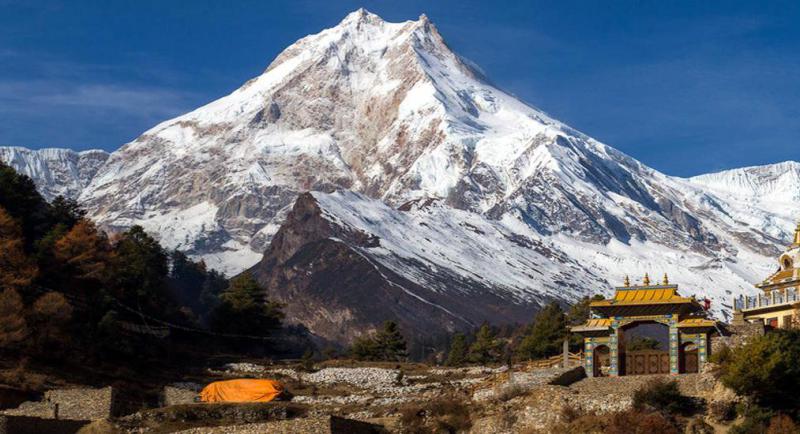











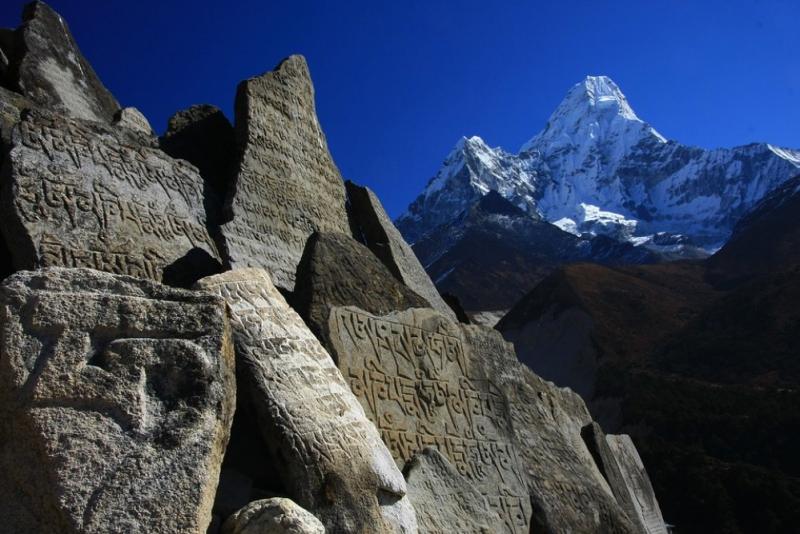






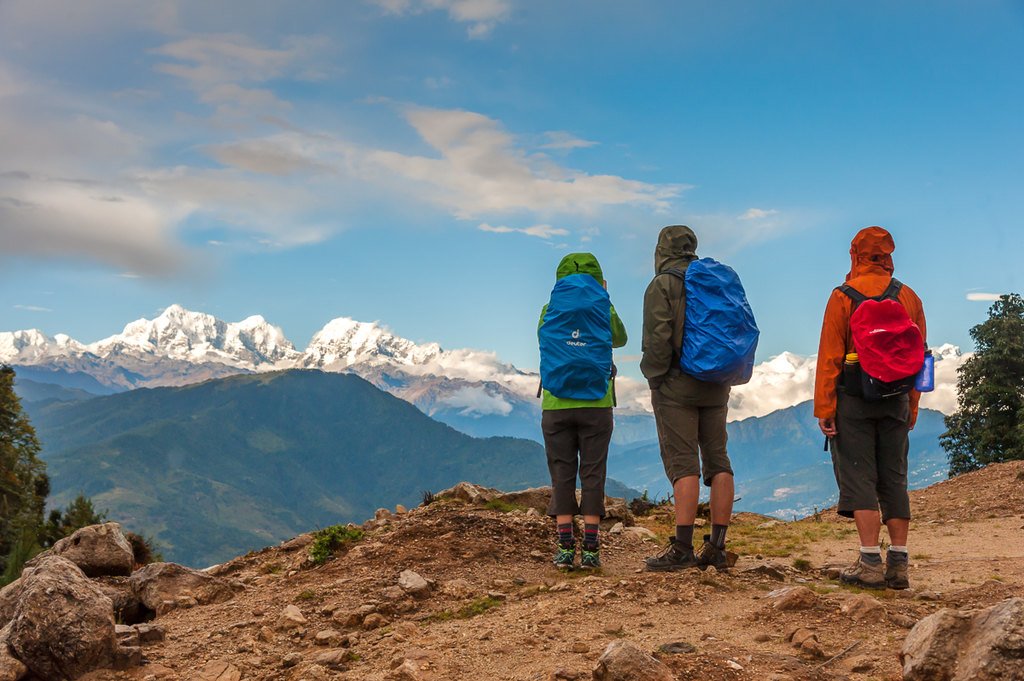
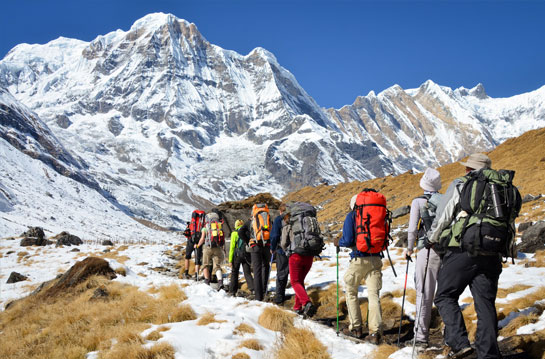
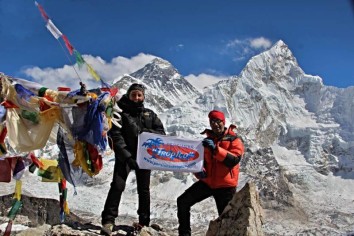






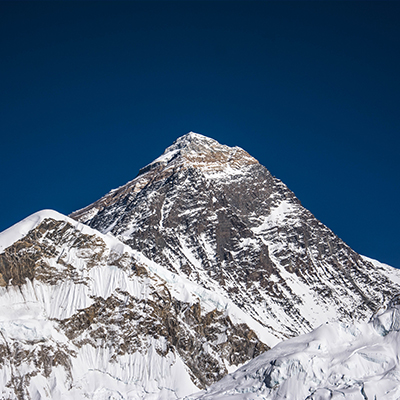


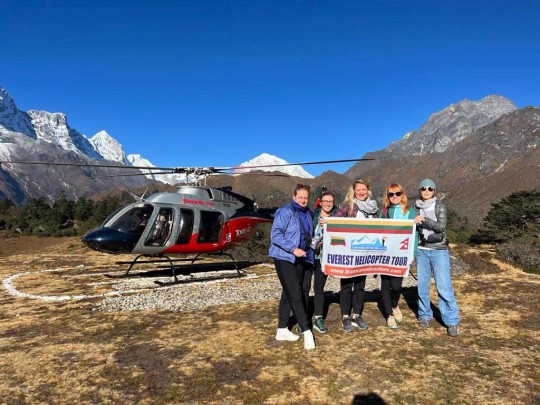



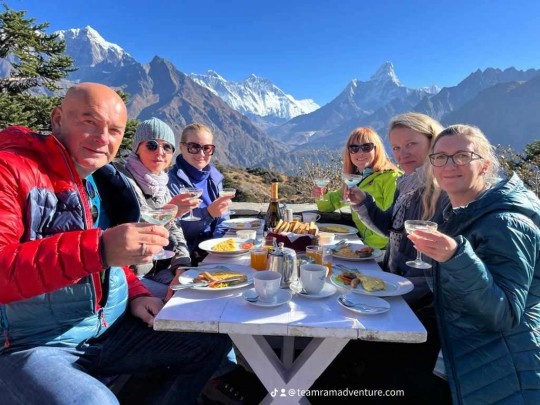







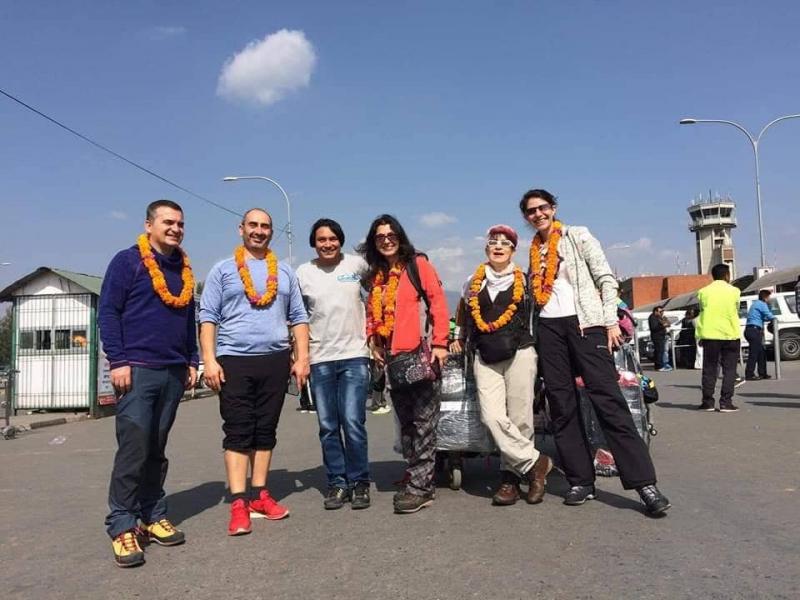












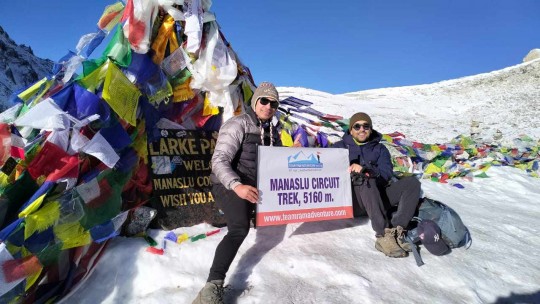
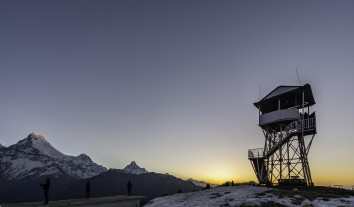
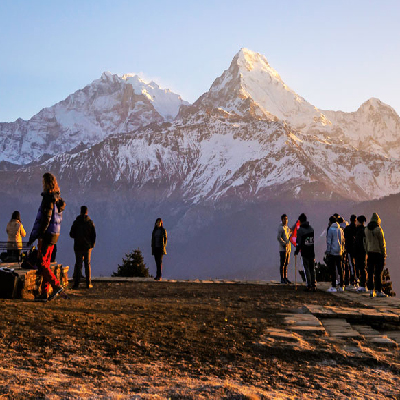










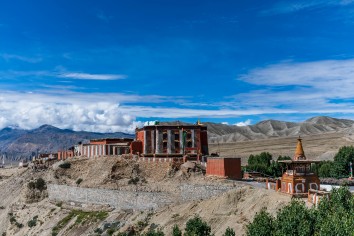


.jpg)







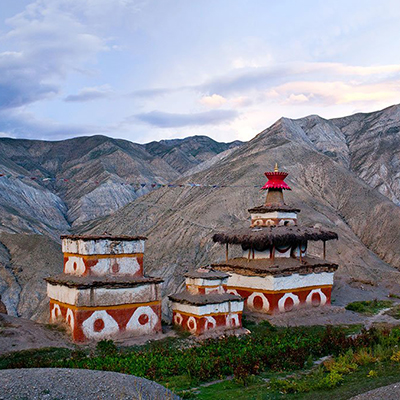
.jpg)


.jpg)


